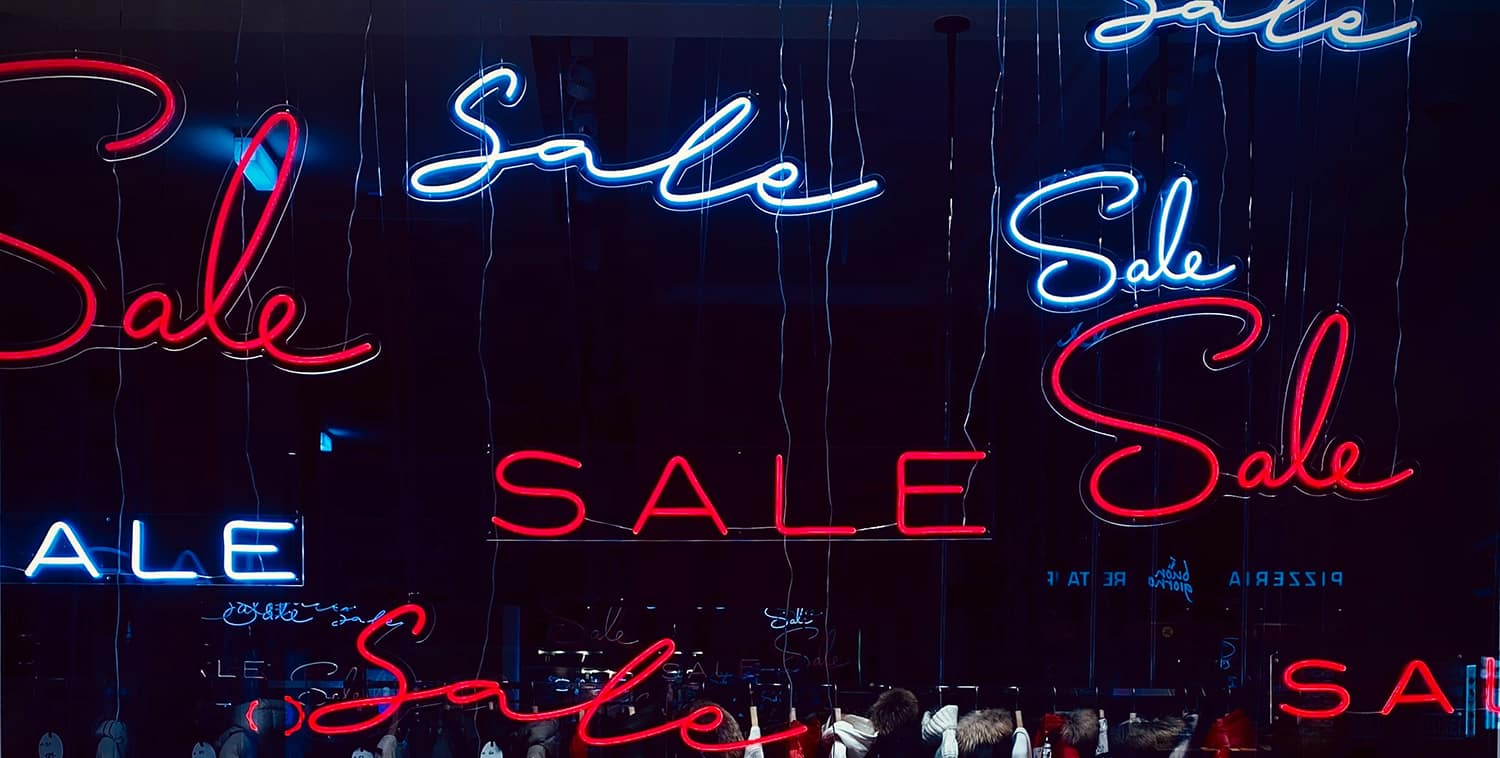Blog
Home » Diamonds blog » DESPITE INFLATION AND LAGGING CONSUMER CONFIDENCE, U.S. JEWELRY SALES RISE STRONGLY IN JUNE, REPORTS SURVEY
Focus on

Photo credit: Arno Senonar on Unsplash.com
Despite an inflationary climate and lagging consumer confidence in the critically important U.S. market, jewelry sales in the country continued to surge, according to data supplied by Mastercard SpendingPulse.
Jewelry purchases far outpaced most other categories, rising 87 percent over the corresponding period in 2019. This was the highest rate of growth of all the segments reported by Mastercard SpendingPulse.
Overall, revenue from discretionary spending were 16% percent higher than the amount report in June 2021, Mastercard SpendingPulse reported. Total spending climbed by 9.5 percent from 2021 and was 21 percent higher in than 2019. The results for 2020, when much of the market was in lockdown, are considered an anomaly and are not considered representative.
“Discretionary spending continued to drive growth across the fashion-forward sectors in June, including jewelry, luxury and department stores,” Mastercard noted. “And with summer in full swing, consumers continue to spend on travel experiences.” Indeed, only travel-related spending, which IS not necessarily discretionary, rose higher than jewelry.
NRF: RECESSION UNLIKELY
While the U.S. economy’s rate of growth is slowing, consumers are still financially healthy, meaning that the country’s economy is unlikely to enter into a recession during the remainder of 2022, said National Retail Federation Chief Economist Jack Kleinhenz.
“I am not betting on an official recession in the near term, but the most recent research pegs the risk over the next year as about one in three and it will be touch and go in 2023,” Kleinhenz said. “In the meantime, a contracting economy short of a recession is not out of the question.”
“Regardless of the prospect of a downturn or whether it will meet the threshold of a recession, the consumer outlook over the next few months remains favorable,” Kleinhenz said. “The economy is moving away from extremely strong growth toward moderate growth, but increased income from employment gains, rising wages and more hours worked is expected to support household spending.
The July issue of NRF’s Monthly Economic Review, which said economic data is “softer than a few months ago” but “still signals further solid economic growth.”
Retail sales as calculated by NRF were up 7.3 percent for the first five months of the year compared with 2021. Overall household spending – beyond just retail sales – is expected to rise 9 percent next year for a new high.

Photo credit: Sangga Rima and Roman Selia on Unsplash.com.

Photo credit: Heamosoo Kim on Unsplash.com.
CONSUMER CONFIDENCE DOWN
As COVID-19 eases, consumers are rebalancing their spending and adjusting shopping habits. Restaurant sales, which serve as a proxy for other service sectors like recreation and transportation that are on the upswing, were up 0.7 percent monthly in May and 17.5 percent year over year. Airline traffic is up, with the number of passengers screened at airports in the first half of June only 12.5 percent below June 2019.
Still, the Conference Board Consumer Confidence Index decreased in June, following a decline in May. The index was down 4.5 points from in May and now stands at its lowest level since February 2021 The Present Situation Index—based on consumers’ assessment of current business and labor market conditions—declined marginally and the Expectations Index—based on consumers’ short-term outlook for income, business, and labor market conditions—decreased sharply.
“Consumer confidence fell for a second consecutive month in June,” said Lynn Franco, Senior Director of Economic Indicators at The Conference Board. “
“Consumers’ grimmer outlook was driven by increasing concerns about inflation, in particular rising gas and food prices,” she added.
According to the Conference board survey, 19.6 percent of consumers said business conditions were “good,” down slightly from 19.8 percent a month earlier. Some 23.0 percent of consumers said business conditions were “bad,” up from 21.7 percent.
Consumers were also more pessimistic about their short-term financial prospects, the Conference Board reported. Some 15.9 percent of consumers expect their incomes to increase, down from 17.9% in May 2022, while 15.2 percent expect their incomes will decrease, up from 14.5 percent a month earlier.
